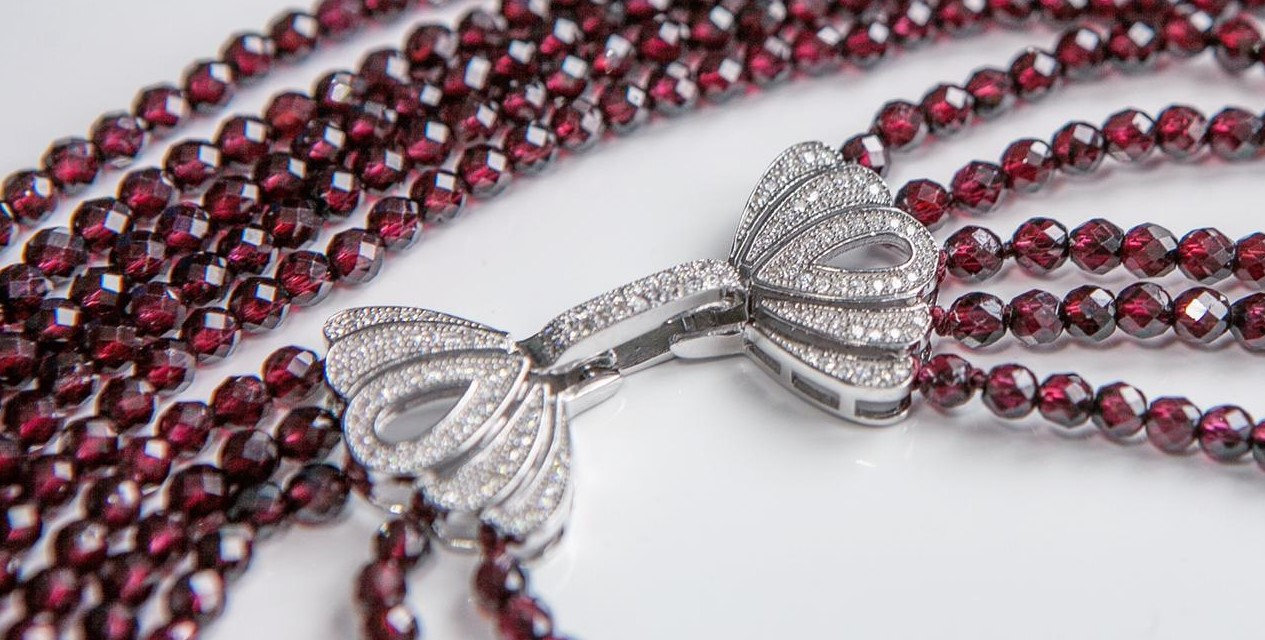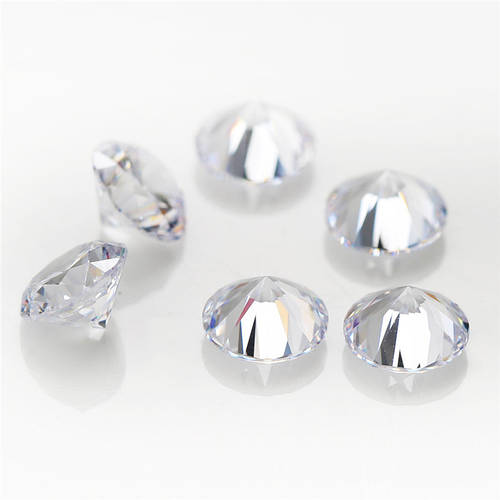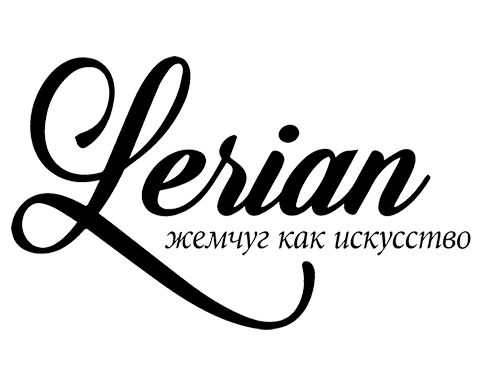Фианит, циркон и цирконий — в чём разница?

Мы часто слышим фианит, цирконий и циркон.
Иногда клиенты говорят: «Жалко, что фианит, лучше бы цирконий».
А названия «циркон» и «цирконий» многие воспринимают как равнозначные. Но это далеко не одно и то же, давайте разбираться.
Циркон

Циркон – натуральный минерал. Его сияние — аналогичное алмазному, плюс высокая дисперсия (разложение света на спектр, вызывающую игру цвета, «огонь») послужило тому, что до 1980 года циркон часто использовали как аналог бриллианта в украшениях.
В наше время камень – не частый гость в ювелирных мастерских, так как минерал очень хрупкий и обработка -для раскрытия всей красоты- очень сложная.
Фианит

Ученые всех стран долго пытались вырастить синтетический аналог алмаза. Шоком для мирового научного сообщества стал результат Физического Института Академии Наук: в 1968 году группа физиков и химиков под руководством В. В. Осико вырастили кристалл с преломлением цвета, наиболее близким к бриллианту.
Камень назвали «фианит» — по аббревиатуре научного заведения.
О ювелирной промышленности разработчики не думали, причиной синтезирования было найти аналог алмазу для промышленного лазерного производства, однако эстетические свойства камня оказались столь высоки, что вскоре он стал самым востребованным минералом как реплика алмаза.
Масштабное производство в СССР фианита началось в 1973 году.
Спустя два года швейцарская компания скопировала технологию синтеза советских ученых, и начала производство того же фианита под торговым названием "джевалит".
Цирконий

Спустя несколько лет, предприимчивые технологи США в 1976 году освоили разработку Физического Института Академии Наук СССР синтезирования кристалла и начали производство того же фианита.
Но американцы не зря Боги Маркетинга: полностью скопированный продукт они назвали «кубический цирконий».
Это созвучно с натуральным камнем – «циркон» и химическим элементом – «цирконий», в итоге у покупателей складывается впечатление, что минерал не синтетический, а натуральный.
В результате название «фианит» имеет место только на постсоветском пространстве, во всех других странах этот кристалл – кубический диоксид циркония с формулой ZrО2 называется кубический цирконий — CZ (Cubic Zircona), джевалит, шелби, даймонскай.
«Вторая жизнь»
По твердости, блеску фианиты не многим уступают бриллианту, а синтезировать их и быстрее (кристаллы вырастают на 1 см за 1 час), и дешевле, чем добывать натуральные камни.
Путем «алмазной огранки» создается непревзойденный блеск фианита и этот синтетический кристалл до сих пор не дает покоя ювелирам.
Итак:
Циркон – натуральный камень.
Цирконий – химический элемент. Если употребляется в описании ювелирной вставки, то подразумевается кубический цирконий.
Фианит – синтетический камень.
Кубический цирконий — 100% синоним к слову «фианит» — тот же синтетический минерал, просто другое торговое название.
Как отличить фианит (кубический цирконий) от бриллианта и циркона
Визуально отличить в украшении бриллиант от синтетического кристалла довольно сложно. Но если посмотреть под лупой на природный минерал, в нем будут пустоты и вкрапления, фианит же – девственно чист и прозрачен.
Если возможно – положите камень на печатный текст – через бриллиант букву не видно, через фианит же четко видно текст.
При одинаковых объемах синтетический минерал тяжелее циркона и бриллианта.
Циркон имеет незначительное радиоактивное излучение (камни зеленого и коричневого цвета – довольно сильное, постоянно носить их на теле крайне не рекомендуется), цирконий и бриллиант такого свойства не имеют.
Ювелирный бренд Lerian использует только натуральные камни ювелирной огранки.
И все вставки только из натуральных цирконов.
